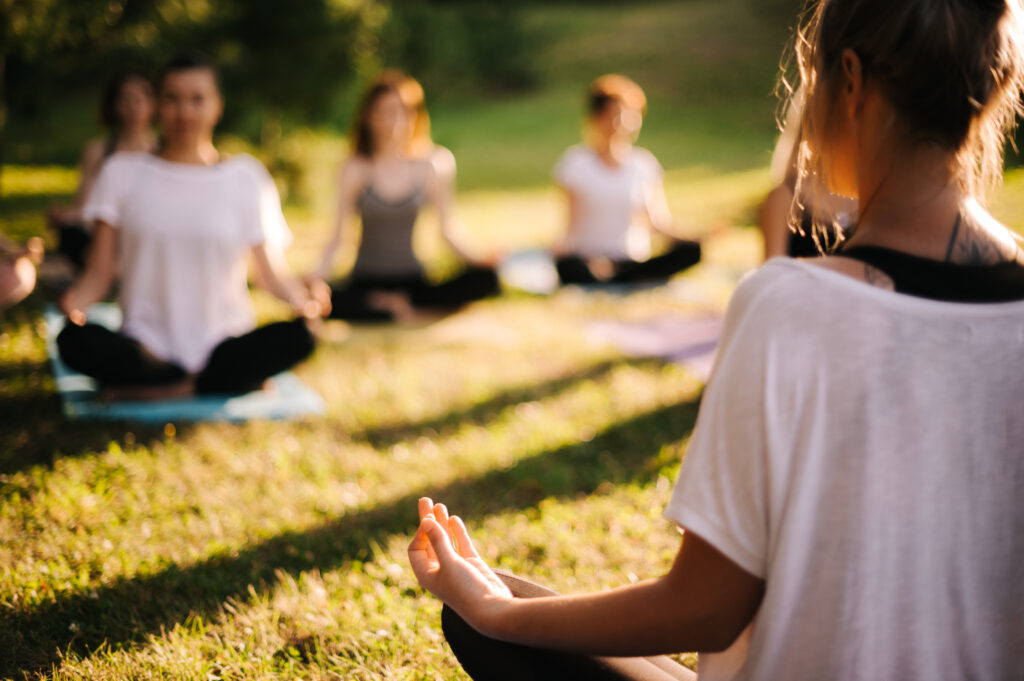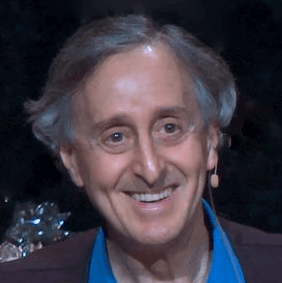
When I went to my first Insight Meditation retreat in 1977, I was amazed. It was two weeks long, and I found levels of mental quiet and body energy that were unimaginable to me before the retreat. The teachings and stories about awakening were pretty inspiring as well. I was a student at the time, focused on thinking most of the time, and I was able to see the world in a different way for days on end, without my usual activities, preoccupations, schedules, and plans! I loved that retreat, and in the next few years, went to many retreats, including staying at the Insight Meditation Society in Massachusetts for about six months in 1979.
Over the years, I’ve probably cumulatively been at least seven or eight years of my life on retreats. In the last twenty years or so, I’ve been especially interested in how to go more deeply in practice, both in retreats and in daily life, including in relationship to psychological and social dimensions of our lives. I’ve focused especially on six different areas, which I believe take us to the heart of Insight Meditation in our time.
The first is the development of samadhi (or concentration), particularly through dedicated practice with focusing on one area of experience (for me, the breath), which I especially explored in a two-year period of many dedicated concentration retreats. I found that my base-line level of samadhi increased substantially; research shows as well that deeper concentration can be learned! The second is focusing on what could be called the three areas of liberating insight, insight into impermanence, into dukkha (especially into our reactivity), and into “not-self” (and our sense of self). If you’ve ever wondered what the main insights are in Insight Meditation, these are the main areas of insight identified by the Buddha! The third is accessing and gradually stabilizing a wondrous non-dual open awareness that many believe to be our deeper, basic nature.
The fourth way of practicing to go more deeply is to cultivate the kind, compassionate heart, in loving kindness and other heart practices, like compassion, joy, and equanimity. The fifth is to increasingly ground all of these practices in the body and embodied experience, and the sixth is to find ways to continue developing and manifesting all of the five in daily life and our engagement in the world.
This is a simple way of giving a map of how to go more deeply in our practice, and we will be exploring all of these in our November 4-11th retreat at Big Bear Retreat Center on “Settling, Seeing, and Spacious Awareness”!
 |
Donald Rothberg, PhD, Donald Rothberg, PhD, has practiced Insight Meditation since 1976, and has also received training in Tibetan Dzogchen, Mahamudra practice, the Hakomi approach to body-based psychotherapy, and the Somatic Experiencing approach to working with trauma. Donald has helped to guide six-month to two-year training programs in socially engaged spirituality through Buddhist Peace Fellowship (the BASE Program), Saybrook Graduate School (the Socially Engaged Spirituality Program), and Spirit Rock (the Path of Engagement Program). He is the author of The Engaged Spiritual Life: A Buddhist Approach to Transforming Ourselves and the World and the co-editor of Ken Wilber in Dialogue: Conversations with Leading Transpersonal Thinkers. Alongside Devon Dase and Tere Abdala, Donald is teaching Settling, Seeing, and Spacious Awareness, a 7-Day, in-person residential retreat beginning Saturday, November 4 2023 at Big Bear Retreat Center. |
Want more posts like this delivered weekly to your inbox?
Subscribe to our newsletter for weekly blog posts, inspiration, classes and much more!
